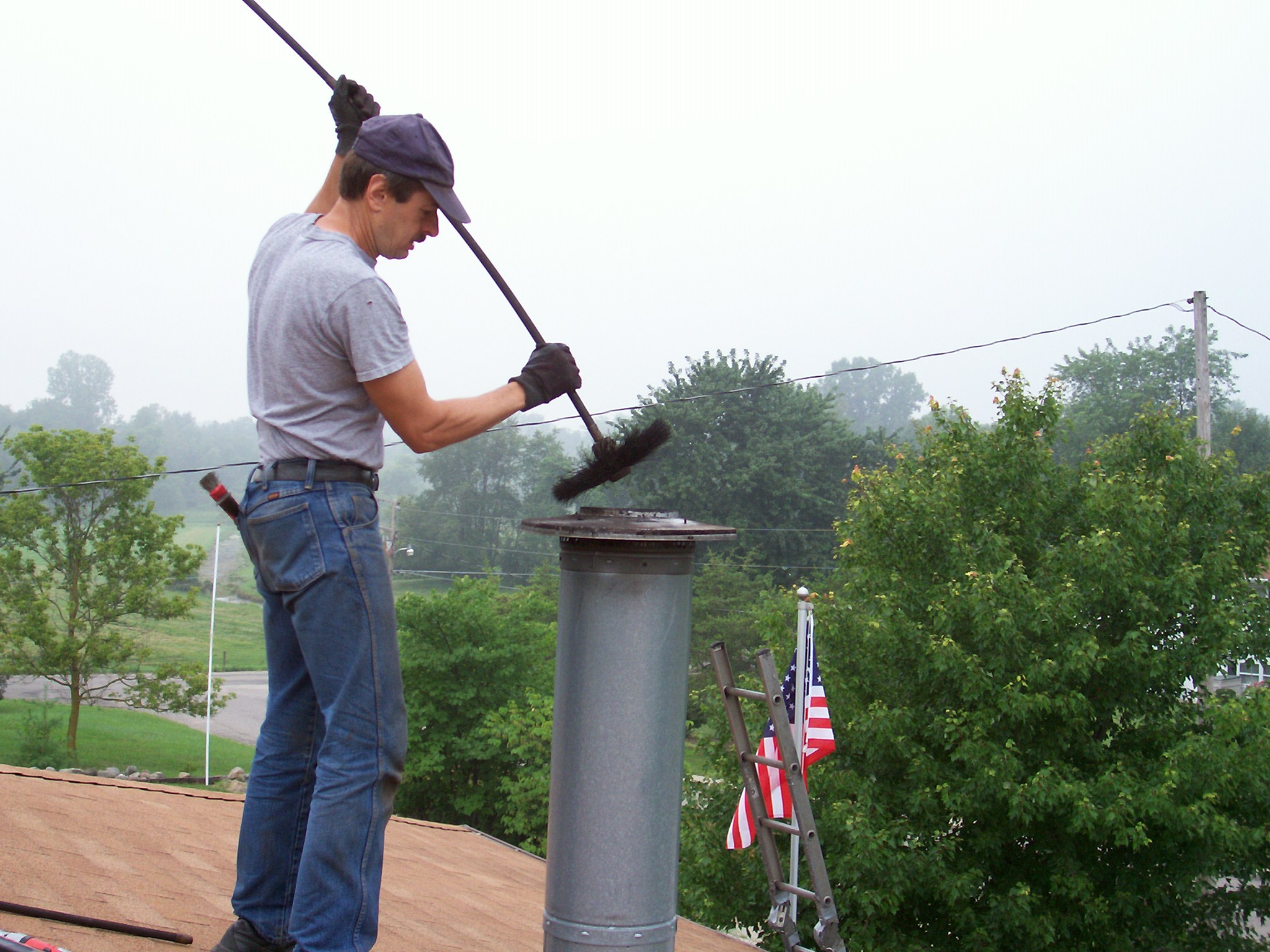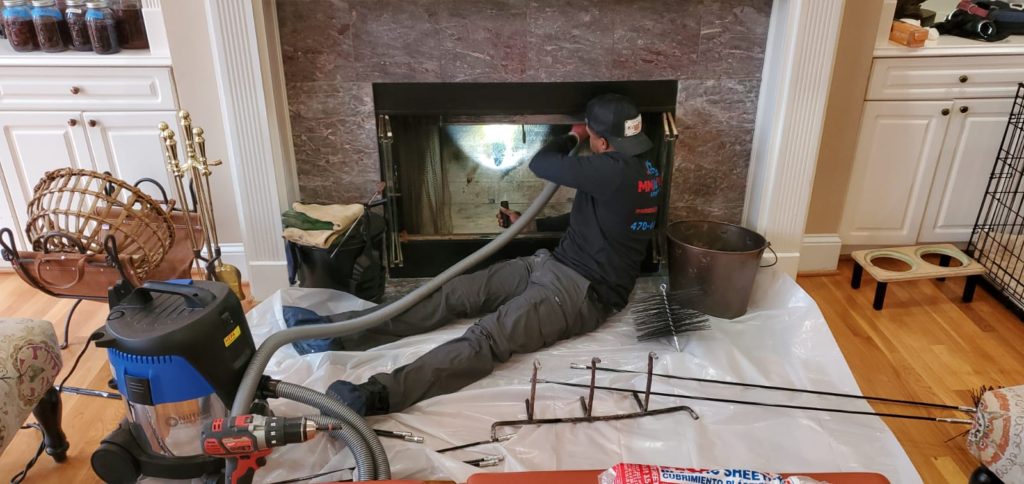Expert Tips for Effective Smokeshaft Maintenance You Need to Know
Smokeshafts serve as crucial components in several homes, providing warmth and convenience. From the value of regular inspections to secure operational methods, a comprehensive approach to chimney maintenance is crucial.
Relevance of Normal Assessments
Routine assessments of chimneys are essential for guaranteeing their security and capability. Smokeshafts play a critical role in venting out dangerous gases and preserving proper air flow in a home. Gradually, creosote build-up, debris, and architectural damages can occur within the smokeshaft, presenting severe risks such as chimney fires or carbon monoxide gas leakages.
Throughout a smokeshaft inspection, trained professionals evaluate the condition of the chimney, looking for any indicators of damage, clogs, or wear and tear. They additionally examine the integrity of the flue, smokeshaft lining, and smokeshaft cap to guarantee everything remains in correct working order. By identifying and resolving concerns at an early stage, possible threats or costly repair work can be stayed clear of.
Regular evaluations not just assist in maintaining the safety of the chimney however likewise contribute to its general performance. A well-kept and tidy smokeshaft runs more successfully, ensuring proper ventilation and minimizing the danger of indoor air pollution. Consequently, organizing yearly smokeshaft evaluations is a positive procedure that house owners can require to secure their home and liked ones.
Cleaning Strategies and Frequency
Preserving the security and efficiency of a smokeshaft includes not just routine evaluations but additionally implementing ideal cleansing methods and identifying the optimal regularity for cleaning. Smokeshafts should be cleansed by a specialist chimney sweeper a minimum of annually, even if they are not frequently made use of. However, if the chimney is made use of regularly, specifically with wood-burning stoves or fireplaces, it might require even more constant cleansings to protect against the accumulation of creosote, a highly combustible substance that can lead to smokeshaft fires.
The cleaning procedure commonly entails removing creosote, soot, and particles from the chimney flue, smoke chamber, and firebox. Expert smokeshaft sweeps usage specialized brushes, tools, and vacuum cleaners to guarantee extensive cleansing without producing a mess in the home. Additionally, they check the smokeshaft's structure for any indications of damages or wear that may need repair work. Homeowners ought to never ever forget smokeshaft cleansing, as it is important for preserving a practical and safe chimney system - Chimney Maintenance San Jose. Routine cleanings not just decrease the danger of smokeshaft fires yet additionally boost the chimney's general performance and durability.
Dealing With Chimney Leaks

When dealing with chimney leaks, complete examination and punctual repairs are essential to avoid water damage and maintain the structural stability of the chimney. Leaks in a chimney can lead to serious issues such as mold growth, deterioration of the chimney framework, and also possible fire threats. To properly resolve chimney leakages, begin by checking the chimney cap, crown, flashing, and stonework for any kind of indicators of damage or wear.
Comprehending Creosote Build-Up
To recognize the possible threats of creosote accumulation in chimneys, it is necessary to acknowledge its development process and effect on smokeshaft efficiency. When wood or fossil gas are shed, i thought about this Creosote is a brown or black tar-like substance that accumulates inside smokeshaft systems. As smoke rises via the chimney, it condenses and cools down, causing the formation of creosote, which adheres to the chimney wall surfaces.

Normal smokeshaft examinations and cleansings by a professional chimney sweeper are important in stopping creosote build-up and ensuring the risk-free operation of your chimney system.
Safe Procedure Practices
Applying proper security protocols is essential for the protected and efficient procedure of chimney systems. When using a fire place or wood-burning stove, it is vital to adhere to details safety practices to stop possible threats. First of all, always guarantee that the chimney is professionally evaluated and cleaned up on a regular basis to get rid of any type of creosote buildup, which can lead to smokeshaft fires. Additionally, use a sturdy display or glass door in front of the fire place to avoid embers or sparks from creating a fire and leaving in your house. It is additionally crucial to never ever overload the fireplace with too much amounts of timber, as this can cause overheating and potential structural damages.
Furthermore, make certain to just burn skilled timber in your fireplace, as damp or environment-friendly timber can generate even more creosote and cause harmful chimney blockages. Never leave a fire neglected and constantly make certain the fire is entirely extinguished prior to going to bed or leaving the house. By complying with these risk-free procedure methods, you can take pleasure in a cozy and cozy fire while making certain the safety and security of your home and loved ones.
Verdict
Finally, keeping your smokeshaft is necessary for ensuring its safety and effectiveness. Normal assessments, appropriate cleaning strategies, dealing with leaks, managing creosote accumulation, and complying with safe procedure practices are key aspects of smokeshaft maintenance. By remaining on top of these jobs, you can protect against possible risks and prolong the over at this website life-span of your chimney. It is essential to prioritize smokeshaft maintenance to keep your home warm and risk-free during the colder months.
Over time, creosote buildup, debris, and structural damage can take place within the smokeshaft, presenting major risks such Click Here as chimney fires or carbon monoxide leakages.
If the chimney is used on a regular basis, specifically with wood-burning ovens or fire places, it might require even more constant cleanings to prevent the accumulation of creosote, a highly combustible compound that can lead to chimney fires. (Chimney Maintenance San Jose)
To understand the possible risks of creosote accumulation in chimneys, it is necessary to identify its development process and effect on chimney performance. As smoke increases via the smokeshaft, it condenses and cools, leading to the development of creosote, which adheres to the smokeshaft wall surfaces.
Always ensure that the smokeshaft is skillfully examined and cleaned up frequently to get rid of any creosote build-up, which can lead to chimney fires.